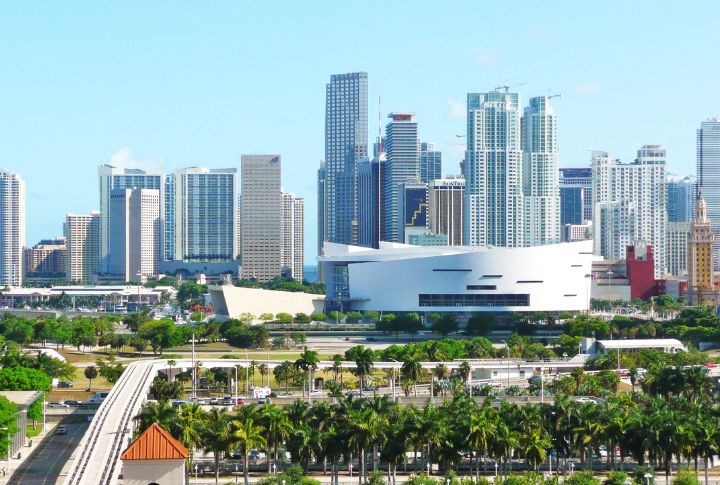
Not all coastal change comes in crashing waves. Across the U.S., major cities are gradually losing ground—literally. Hidden under pavement and neighborhoods, the earth is shifting, compounding flood risks and reshaping futures. Here’s a look at 10 cities where the coastline is quietly receding, and why the impact could be more disruptive than any storm.
New Orleans, Louisiana

Decades of levee construction and oil drilling have left New Orleans with one of the fastest-sinking coastlines in America. Some areas drop by two inches per year. Combined with rising seas, the Mississippi Delta’s soft soil can’t hold its ground, and flood risk climbs annually.
Houston, Texas
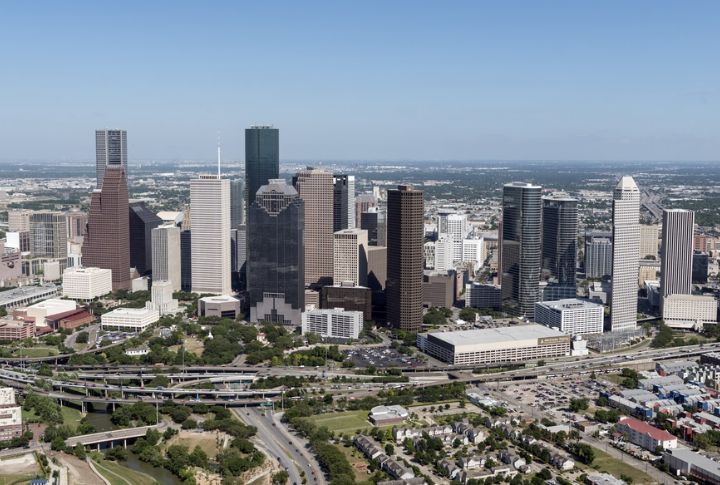
In the nation’s fourth-largest city, land is sinking faster than anywhere else. Houston’s relentless groundwater extraction has triggered major subsidence, with over 40% of the metro dropping more than 5 millimeters annually. When heavy rains hit, receding coastlines leave neighborhoods exposed and emergency response stretched.
San Francisco, California

Parts of San Francisco are built on landfill rather than solid bedrock, especially in areas like Bayview and Mission Bay. Over time, this soft soil settles and sinks, making the land more vulnerable to rising water. As these zones drop, even small storm surges can push farther inland, putting streets and vital utilities at growing risk of regular flooding.
Miami, Florida
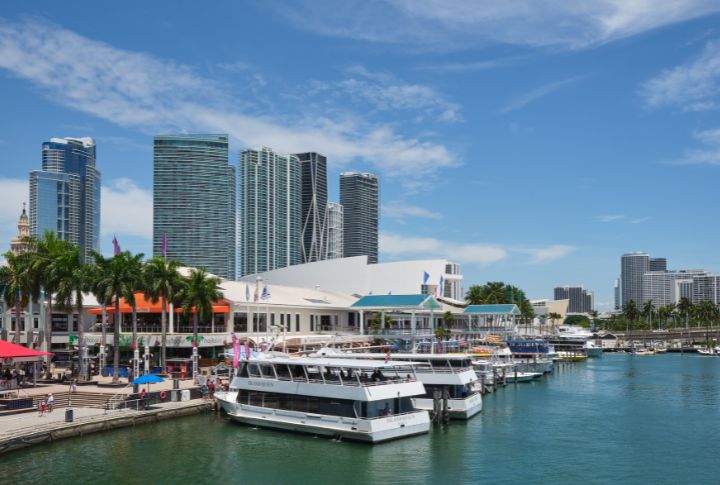
Below the surface of Florida’s star city lies porous limestone, which lets water flow upward as easily as rain falls. Combined with localized land subsidence, this geological quirk leads to flooding even on sunny days. Pumps struggle to keep up, and real estate faces mounting risks.
New York City, New York
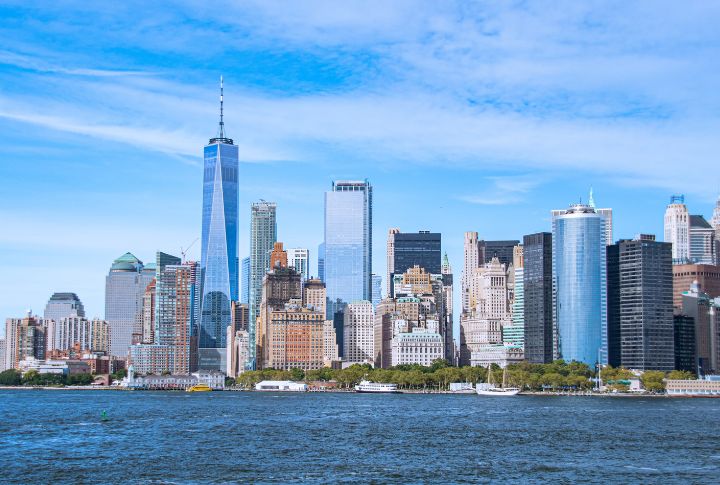
No stranger to natural forces, NYC is slowly sinking beneath its weight. Skyscrapers compress sediment, while post-glacial rebound and rising tides strain aging infrastructure. From the Rockaways to the Battery, the coastlines are gradually shifting, increasing the urgency of multi-billion-dollar resilience projects across five boroughs.
Charleston, South Carolina
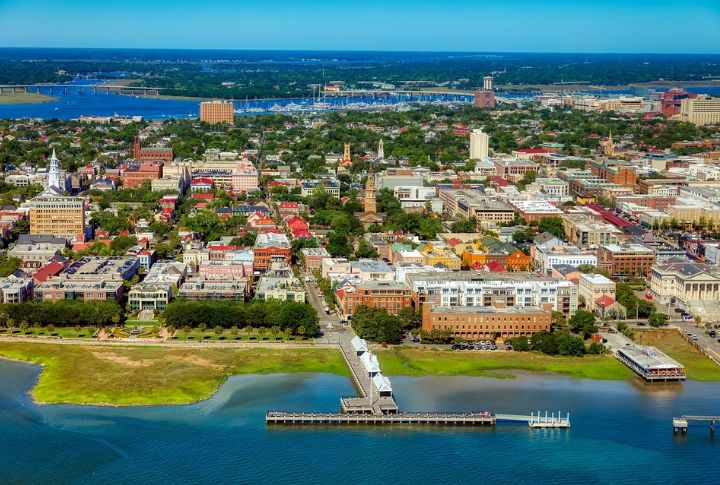
Shifting geology and heavy groundwater use are gradually lowering the city’s elevation. As the harbor creeps inland, flooding is hitting harder and more often, which is disrupting everything from downtown restaurants to school bus routes. Now, local leaders are racing to protect both the city’s historic streets and its centuries-old charm.
Norfolk, Virginia
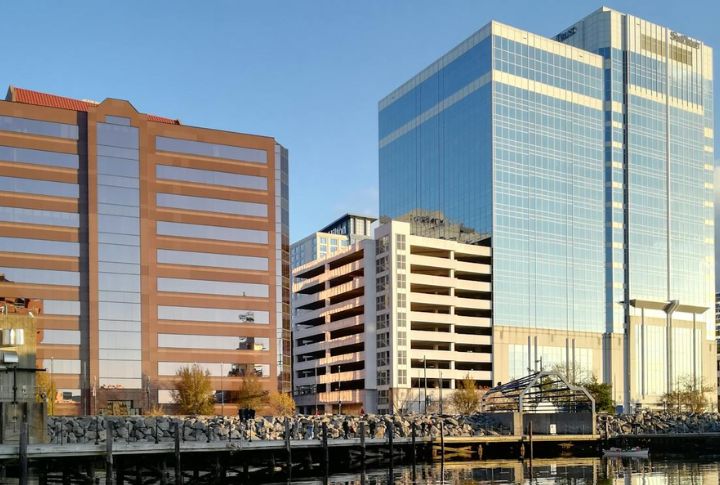
Here, the land is falling faster than the sea is rising. Norfolk’s unique position on a tectonic rebound zone makes it especially vulnerable. Factor in groundwater removal and urban development, and entire neighborhoods face regular tidal flooding. Military operations and civilian life alike are increasingly impacted.
Galveston, Texas
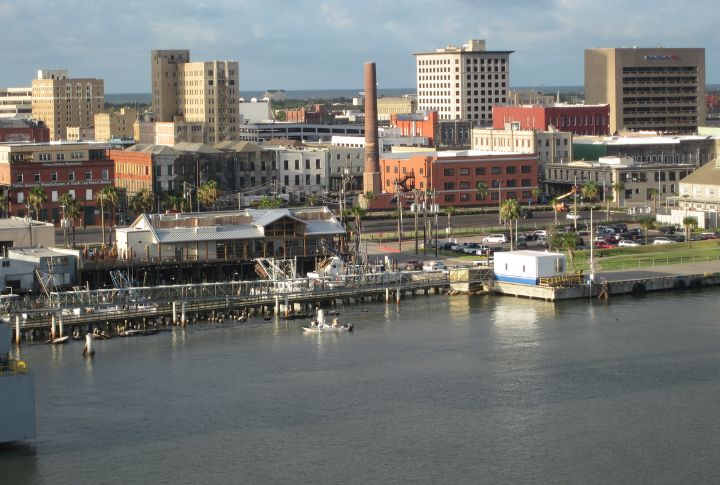
Just offshore of Houston, Galveston’s low-barrier island geography makes it a textbook case of coastal retreat. Freshwater withdrawals, sea-level rise, and recurring hurricanes are shrinking both land and livability. The city’s iconic seawall fights back, but erosion and subsidence steadily gain ground each year.
Virginia Beach, Virginia

Once considered a safe stretch of coast, Virginia Beach now sees floodwaters more frequently. The dual threat of post-glacial sinking and human-induced groundwater loss creates quiet but dangerous changes. Wetlands vanish, insurance premiums spike, and residents face difficult choices about future-proofing their homes and neighborhoods.
Atlantic City, New Jersey
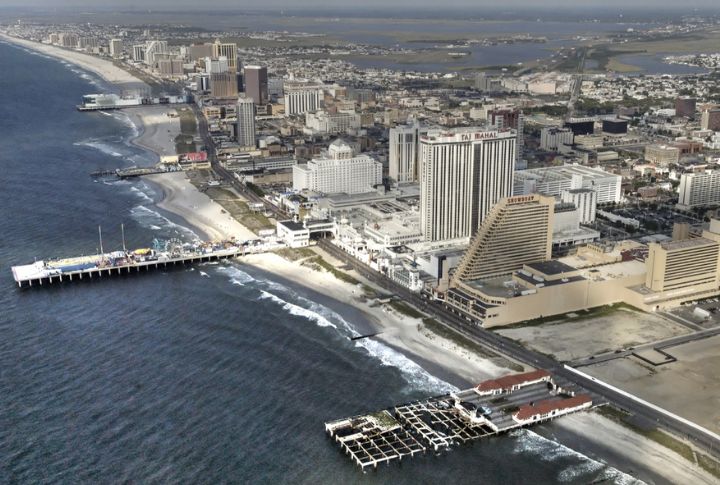
Casinos may dominate the skyline, but it’s the shifting ground beneath Atlantic City that poses the greater gamble. As the land subsides and sea levels inch up, even small storms now flood coastal roads. Long-term projections cast doubt on the city’s future as a viable tourist hub.
